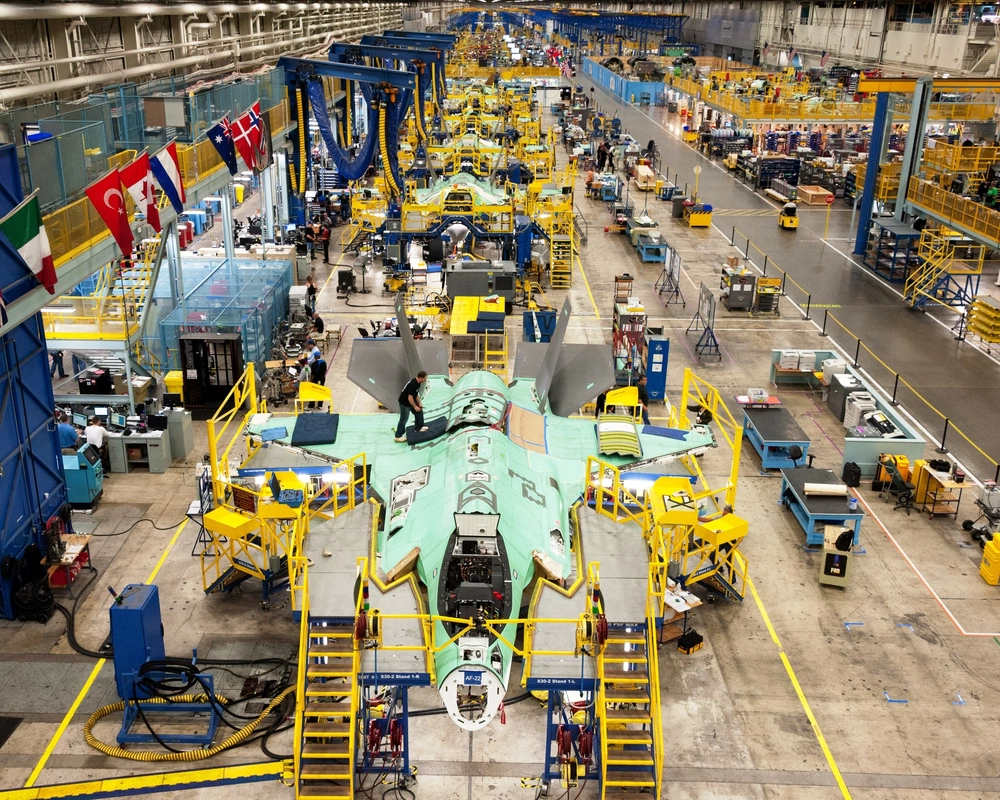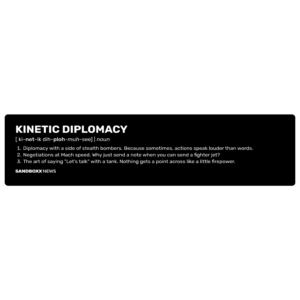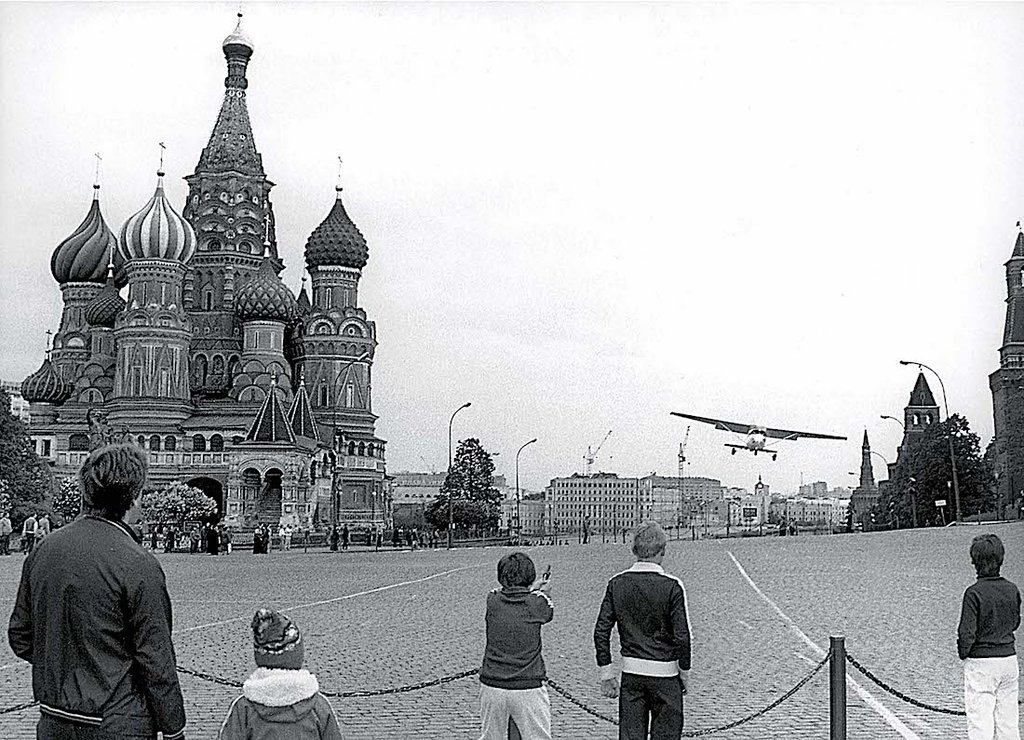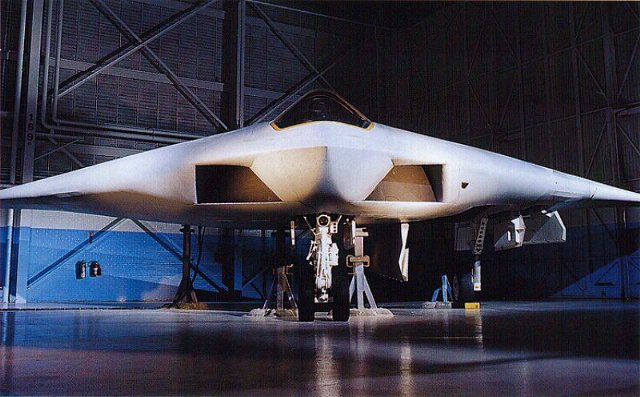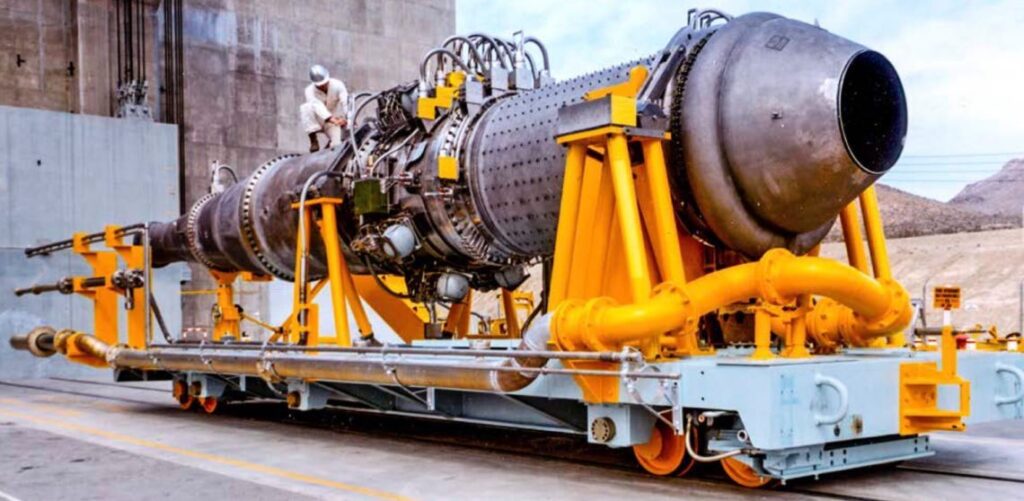A few days ago, popular military content creator Habitual Linecrosser posted a question on X that touches on the very latest in stealth technology: Would it be possible to design a stealth aircraft with retractable standing vertical tail surfaces?
We’ve all seen the renders of 6th generation fighters with no standing vertical tails, but we also know that creates big challenges in terms of flight control and advanced maneuverability.
“Why haven’t we designed an aircraft with foldable tails?” Habitual Linecrosser asked. “Like [when] it’s doing suppression of enemy air defense ops fold em down stay hidden and happy hunting. If you are in a bad situation and merge with the enemy where they are needed? Pop em up and go to work. We made swept wing designs 50 years ago I know we got the tech to do this. What am I missing?”
And in a lot of ways, he’s right. We were fielding aircraft with variable-geometry wings decades ago, but we also stopped building new swing-wing jets a long time ago too due to advances in aerodynamics, flight control computers, and material sciences that allowed for wing layouts that offer good performance in both low and high speed flight regimes. Swing-wing designs are also a lot more mechanically complex than non-moving wings, which means they cost more to design, build, and maintain, while also adding a fair bit of weight. And finally, moving surfaces need clearance, or gaps, in order to move, and any gap or seam on an aircraft has the potential to compromise a modern fighter’s stealth.
Yet, what about folding or retractable tails? Like Habitual Linecrosser said, you could retract the tails when you need improved all-aspect stealth in high-threat environments, but then deploy them again when you need maneuverability more than stealth. In fact, a lot of firms are already exploring this idea. For example, in June of 2023, Airbus Defense and Space published a 24-page report outlining their efforts to determine how feasible folding tails could be – and what they discovered was pretty interesting.
In the report, they explored several conceptual designs, including standing tails that folded down to become horizontal stabilizers; tails that folded down into depressions in the fuselage; and my personal favorite, tails that folded into fuselage cut-outs.
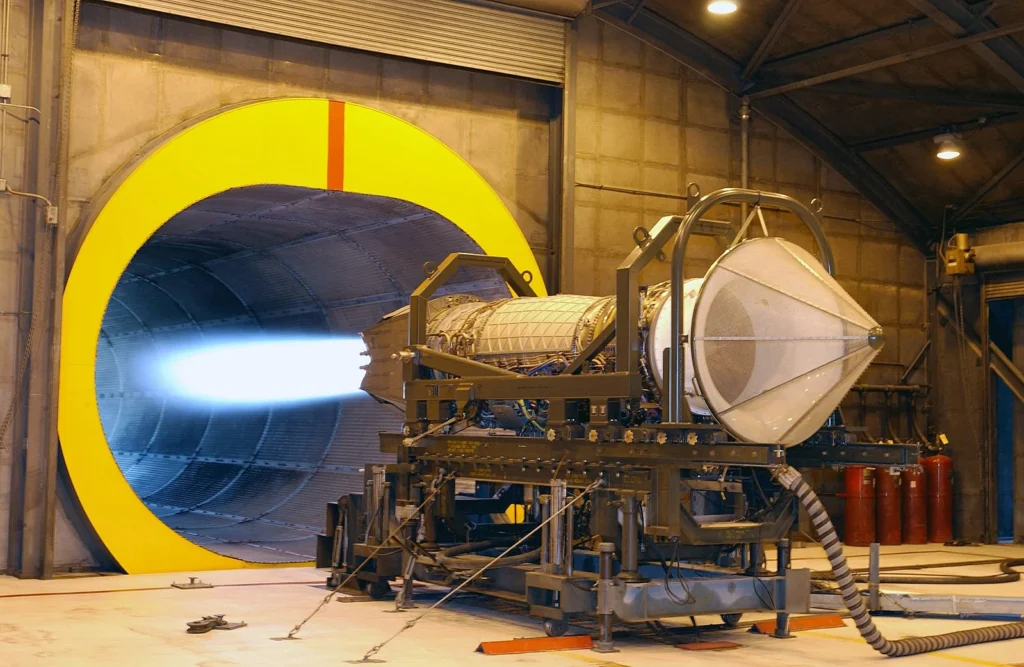
According to the report, folding down those standing tails not only reduces a jet’s radar return, but also significantly reduces drag. In fact, that reduction is so pronounced that Airbus’ engineers believe it would more than compensate for the added weight of the mechanical or hydraulic hardware needed to make the folding tail function. (They estimate the added weight to be around 325 kilograms, or about 716 pounds.)
Using a conceptual fighter design powered by two F119 turbofan engines (the ones used in the F-22), Airbus predicted that despite the added weight a folding-tail fighter would actually offer 25 miles more range over a similar non-folding-tail fighter.
However, it isn’t all good news for folding-tail designs. The huge drawback of folding tails, according to Airbus, is the added design complexity and with added complexity comes added opportunity for failure. “The failure cases for such a design are plentiful and the road to certification would be anything but straightforward,” Airbus said.
Additionally, some of the problems associated with swing-wing designs would exist in jets with folding tails; these are namely the increased cost and labor requirements at the design and production stages and especially regarding long-term maintenance.
And because folding those tails flat would only come in handy against high-end adversaries in a near-peer fight, it means creating such an aircraft means spending a lot of money over a decades of service for a capability you may only need to use once in a blue moon.
Nevertheless, it seems all but inevitable to me that folding tails will eventually come into vogue, as morphing materials allow for movement without seams or gaps, and the hardware required keeps getting cheaper. But then, we may yet see advanced thrust vector control or even active flow control systems eventually eliminate the need for those standing tails altogether making folding-tail fighters something of a fad, a lot like their swing-wing ancestors.
Feature Image: A Euro-NATO Joint Jet Pilot Training student and instructor pilot perform flight control checks in a U.S. Air Force T-38 Talon aircraft at Sheppard Air Force Base, Texas, Aug. 19, 2025. (U.S. Air Force photo by 2nd Lt. David Petzold)
Read more from Sandboxx News
- Armed drone proliferation looks to accelerate in the wake of US decision
- Russian military culture doesn’t care about suffering tremendous casualties to gain ground
- NATO shoots down Russian drones over Poland marking a first for the alliance
- The social hierarchy of US special operations units
- Air Force awards contract for its Next-Generation Penetrator bunker-buster bomb

